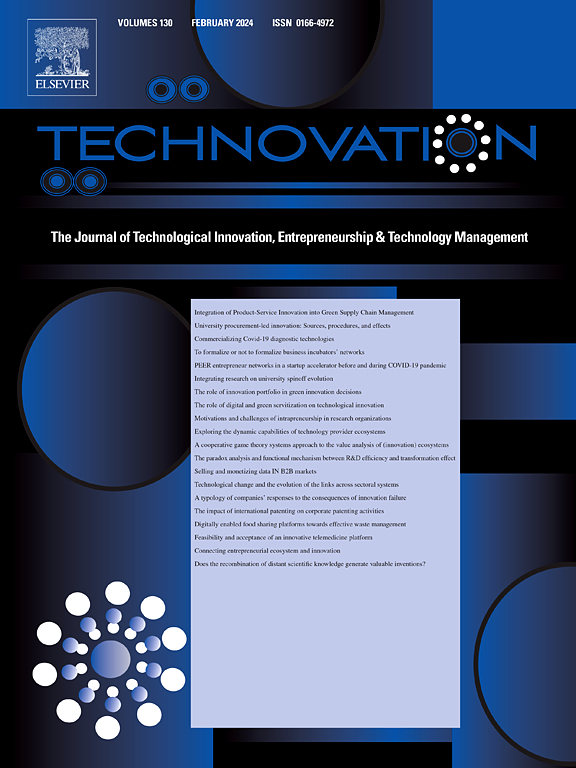Easing the cognitive load of general practitioners: AI design principles for future-ready healthcare
IF 11.1
1区 管理学
Q1 ENGINEERING, INDUSTRIAL
引用次数: 0
Abstract
General practitioners (GPs) worldwide face increasing cognitive demands, especially in after-hours and voluntary primary care, where urgent decision-making and resource constraints exacerbate workload pressures. Studies across North America, Europe, and Asia indicate that GPs encounter similar challenges globally, with administrative burdens and patient complexity contributing to high cognitive loads. While prior research has examined technological interventions, workflow optimization, and cognitive assistance independently, an integrated, actionable framework tailored to GPs’ needs remains lacking. This study employs a design science approach to develop and evaluate a Neural Assistant for Optimized Medical Interactions (NAOMI), a prototype AI agent designed to support triage and clinical decision-making in after-hours and voluntary care settings. Through 80 simulated consultations and clinician feedback, we identify three key design principles: Comprehensive Data Collection and Analysis, Clinical Reasoning Transparency, and Adaptive Triage and Risk Assessment. These design principles provide a structured foundation for developing AI-driven solutions that reduce cognitive burden, enhance clinical workflows, and improve healthcare equity. By advancing AI integration in primary care, this study offers a scalable roadmap for AI-driven healthcare research and innovation, addressing systemic workforce challenges while optimizing patient outcomes.
求助全文
约1分钟内获得全文
求助全文
来源期刊

Technovation
管理科学-工程:工业
CiteScore
15.10
自引率
11.20%
发文量
208
审稿时长
91 days
期刊介绍:
The interdisciplinary journal Technovation covers various aspects of technological innovation, exploring processes, products, and social impacts. It examines innovation in both process and product realms, including social innovations like regulatory frameworks and non-economic benefits. Topics range from emerging trends and capital for development to managing technology-intensive ventures and innovation in organizations of different sizes. It also discusses organizational structures, investment strategies for science and technology enterprises, and the roles of technological innovators. Additionally, it addresses technology transfer between developing countries and innovation across enterprise, political, and economic systems.
 求助内容:
求助内容: 应助结果提醒方式:
应助结果提醒方式:


